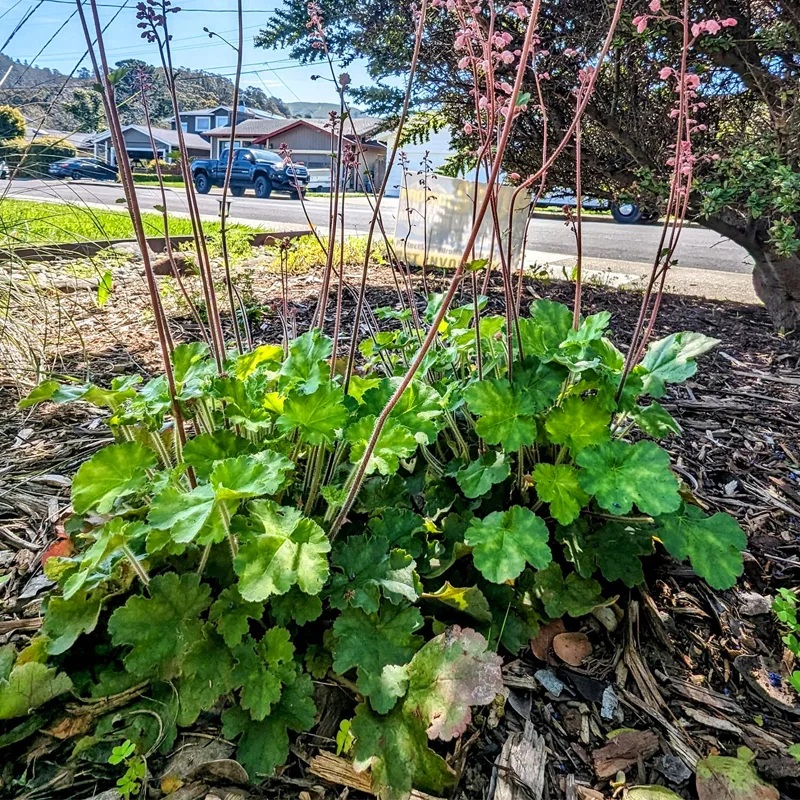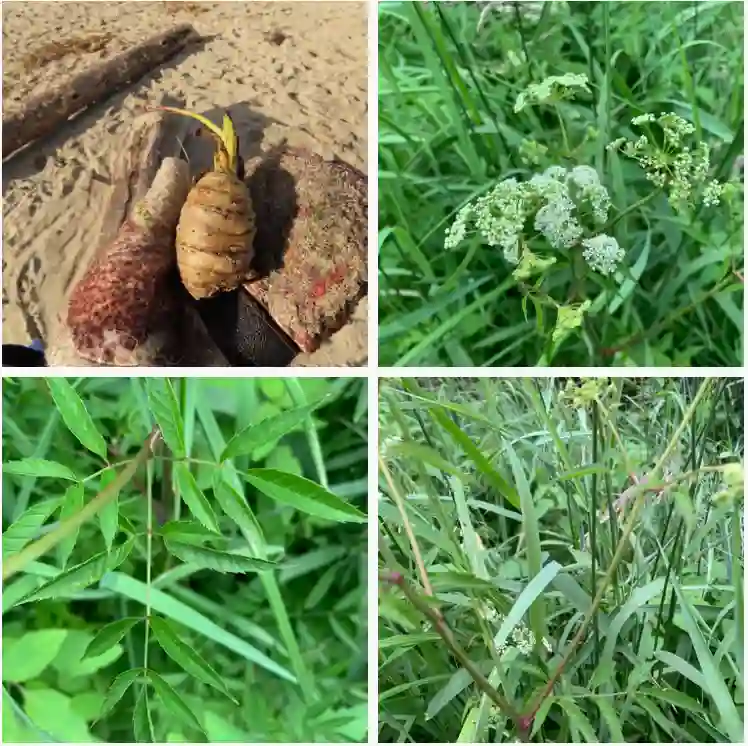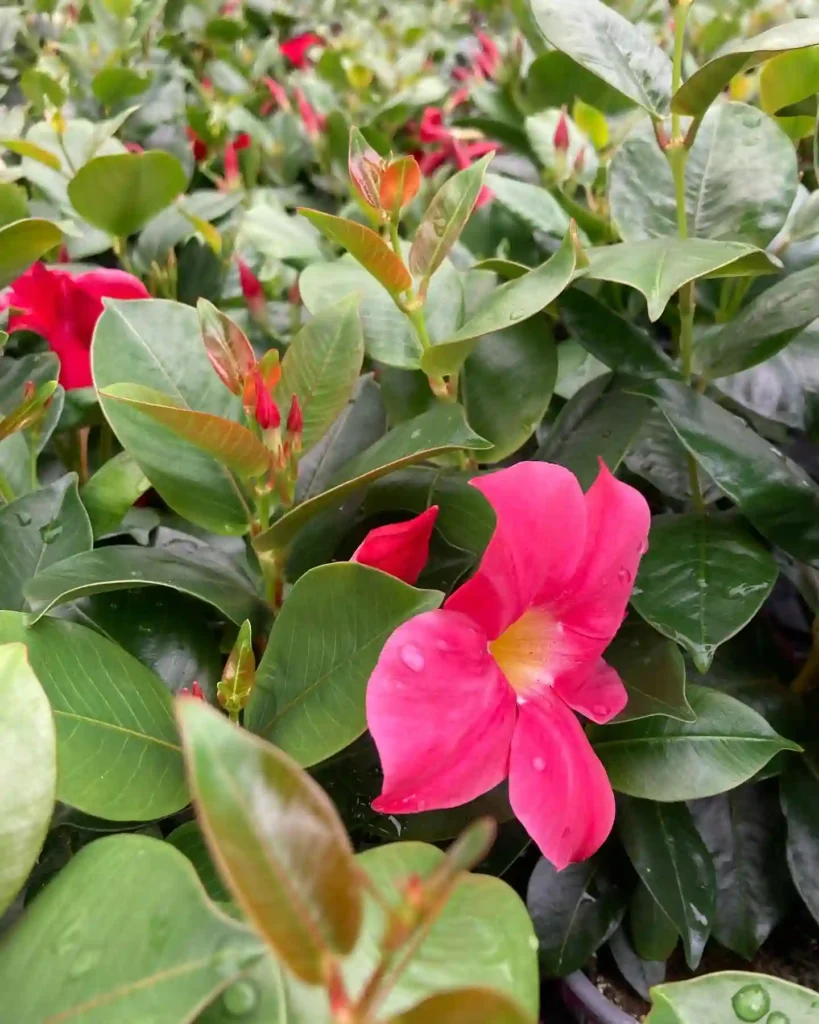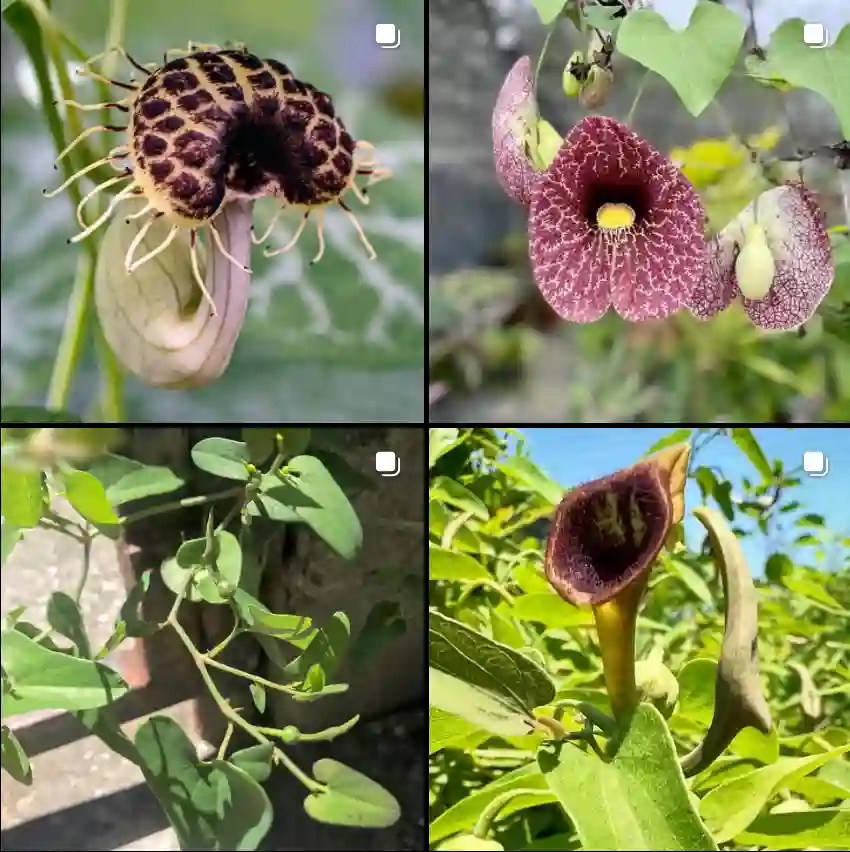FAQs About Grammatophyllum Speciosum: Everything You Need to Know
As a plant enthusiast, I’ve spent quite a bit of time researching and caring for various species. One plant that has particularly caught my interest is the Grammatophyllum Speciosum, also known as the Tiger Orchid. Here’s a comprehensive guide based on my experiences and research, covering frequently asked questions about this stunning orchid.
13 Species in Genus Grammatophyllum
What is Grammatophyllum Speciosum?
Grammatophyllum Speciosum is a fascinating orchid native to Southeast Asia. Often referred to as the Tiger Orchid, it is known for its large, striking flowers that can resemble the patterns of a tiger’s coat. This species is one of the largest orchids in the world, with some blooms reaching up to 30 inches in diameter. Its dramatic appearance and impressive size make it a standout in any orchid collection.
How to Care for Grammatophyllum Speciosum?
Caring for Grammatophyllum Speciosum requires attention to several key factors:
- Light: These orchids thrive in bright, indirect light. A spot near a window with filtered sunlight is ideal. Direct sunlight can scorch the leaves.
- Temperature: They prefer warm temperatures, ideally between 65-85°F (18-29°C). They can tolerate brief periods of cooler temperatures but avoid exposing them to temperatures below 50°F (10°C).
- Humidity: High humidity is crucial for Grammatophyllum Speciosum. Aim for at least 60% humidity. You can achieve this by using a humidity tray or a room humidifier.
- Watering: Water the plant regularly but ensure that the soil dries out between waterings. Overwatering can lead to root rot. Water less frequently during the winter months when the plant’s growth slows down.
- Fertilizing: Use a balanced orchid fertilizer every 2-4 weeks during the growing season (spring and summer). Reduce feeding during the fall and winter.
How to Propagate Grammatophyllum Speciosum?
Propagation of Grammatophyllum Speciosum is best done through division. Here’s how:
- Timing: The best time to divide is in the spring when the plant is actively growing.
- Procedure: Remove the plant from its pot and gently separate the bulbs or pseudobulbs. Each section should have at least one healthy bulb and some roots.
- Replanting: Replant the divisions in fresh orchid mix. Ensure that the new pots have good drainage.
- Post-Division Care: Water the newly potted divisions thoroughly and place them in a shaded area until they establish new growth.
What to Plant With Grammatophyllum Speciosum?
Grammatophyllum Speciosum pairs well with other high-humidity-loving plants. Some good companions include:
- Ferns: Boston ferns or bird’s nest ferns can complement the orchid’s need for humidity.
- Tillandsia: These air plants thrive in similar conditions and add a unique texture to your plant arrangement.
- Bromeliads: Their bright colors and similar light requirements make them good companions.
Is Grammatophyllum Speciosum Toxic?
Grammatophyllum Speciosum is generally non-toxic to humans and pets. However, it’s always wise to keep plants out of reach of pets and young children to avoid any potential issues.
Benefits of Growing Grammatophyllum Speciosum
Growing Grammatophyllum Speciosum can be highly rewarding:
- Aesthetic Appeal: Its large, dramatic blooms add a touch of exotic beauty to any space.
- Air Purification: Like many orchids, it helps improve indoor air quality by removing toxins.
- Unique Challenge: Caring for this large orchid can be a fulfilling challenge for experienced plant enthusiasts.
Common Problems and Solutions
- Yellowing Leaves: This can be a sign of overwatering or poor light conditions. Adjust watering habits and ensure adequate light.
- Pest Infestations: Watch out for scale insects and aphids. Treat infestations promptly with insecticidal soap or neem oil.
- Root Rot: Ensure the pot has good drainage and avoid letting the plant sit in stagnant water.
Compare Grammatophyllum Speciosum with Similar Plants
Grammatophyllum Speciosum is often confused with:
- Cymbidium Orchids: While both are large and impressive, Cymbidiums typically have smaller, more elongated flowers compared to the broad, dramatic blooms of Grammatophyllum Speciosum.
- Phalaenopsis Orchids: Phalaenopsis have a more compact growth habit and smaller flowers, whereas Grammatophyllum Speciosum is known for its large size and dramatic appearance.
In conclusion, Grammatophyllum Speciosum is a remarkable orchid that can bring a touch of the exotic to any home. With the right care and attention, it can thrive and become a centerpiece in your collection. Whether you’re an experienced grower or a passionate beginner, this orchid offers both a rewarding challenge and a stunning visual display.
If i die, water my plants!



